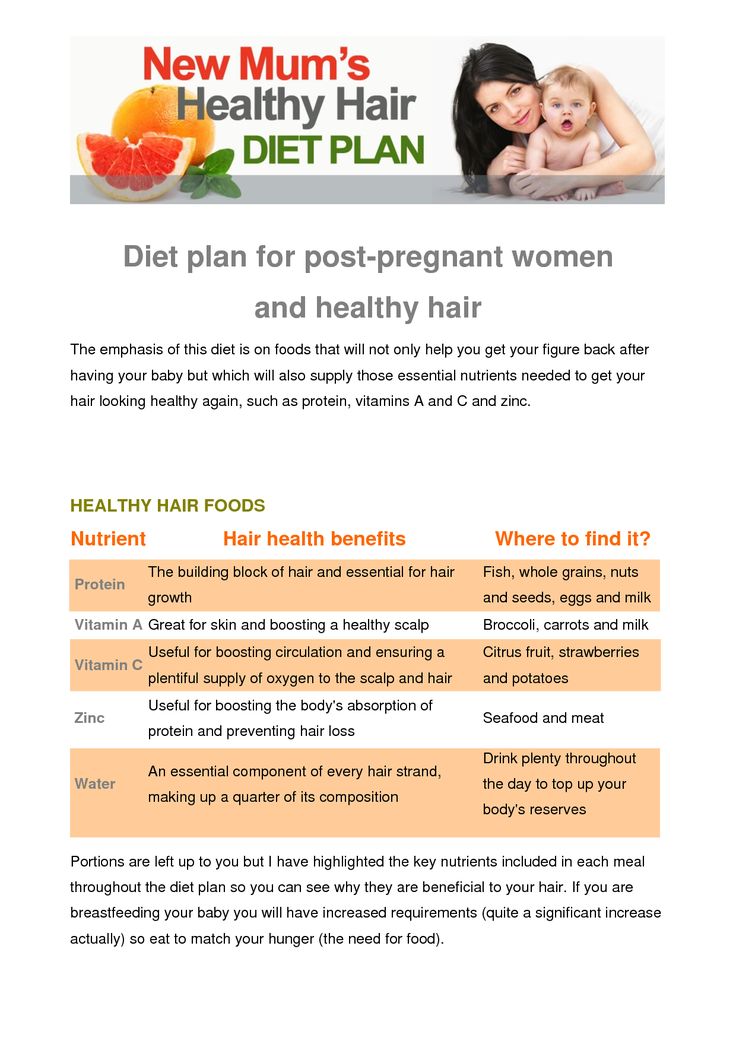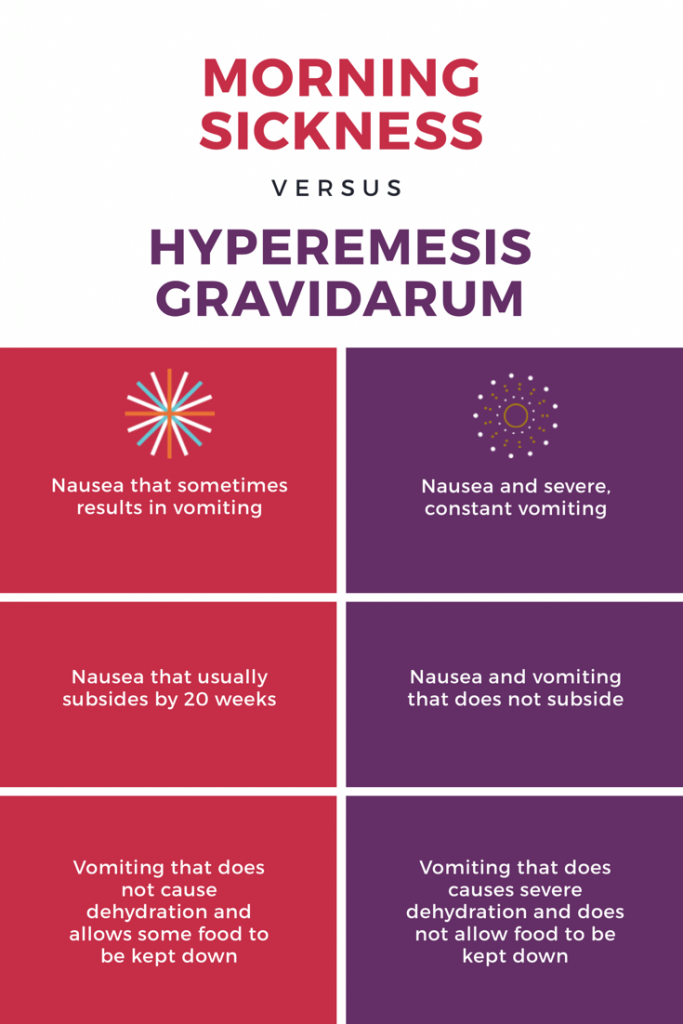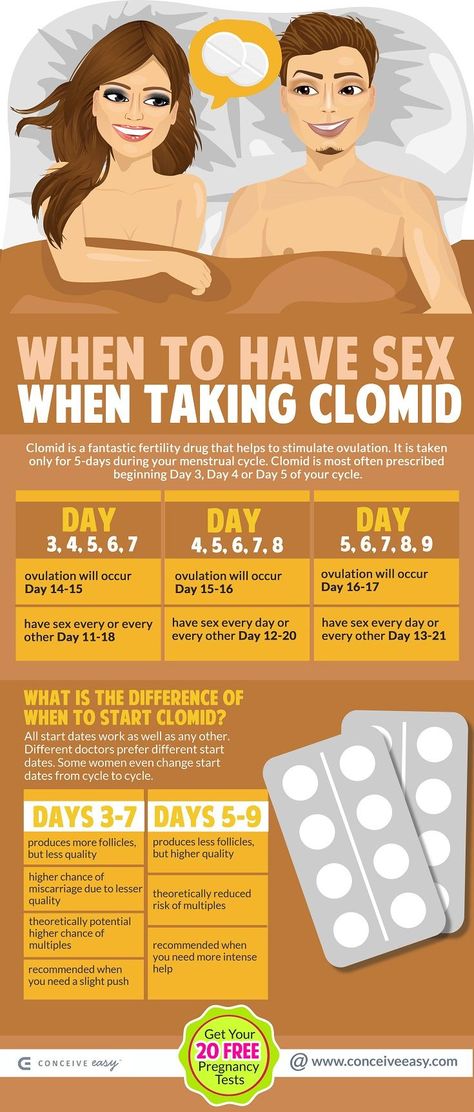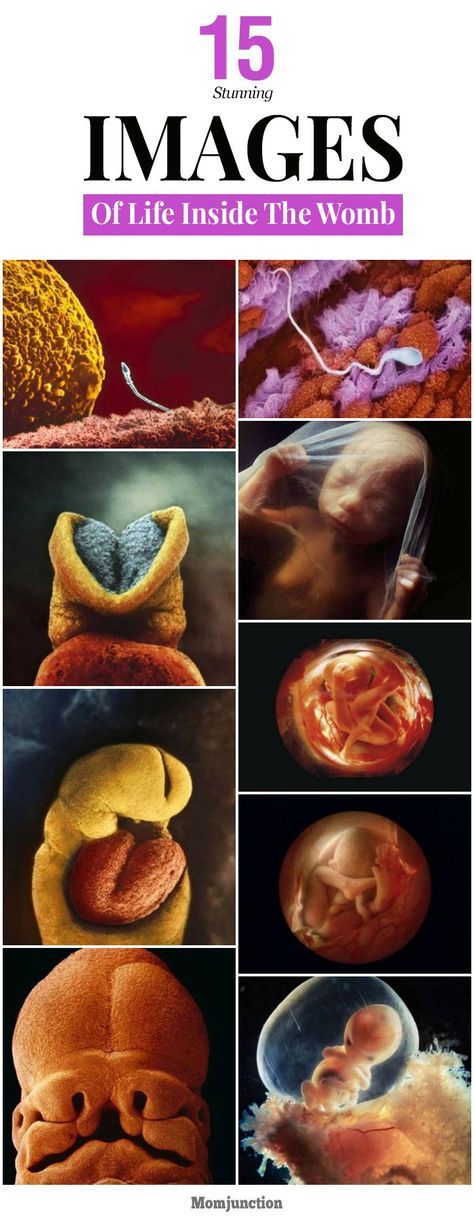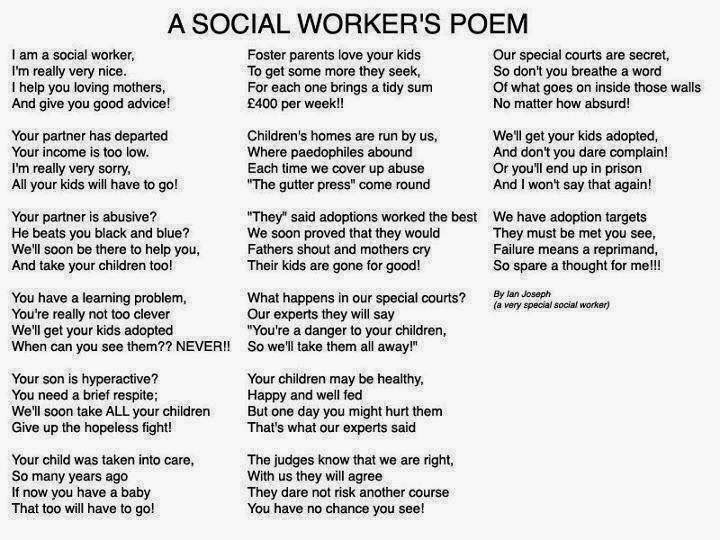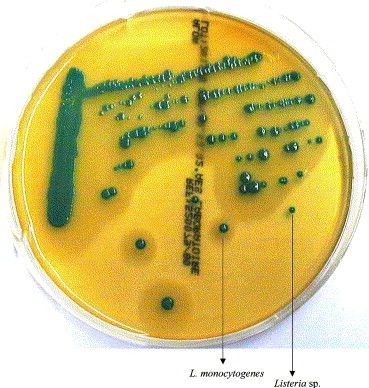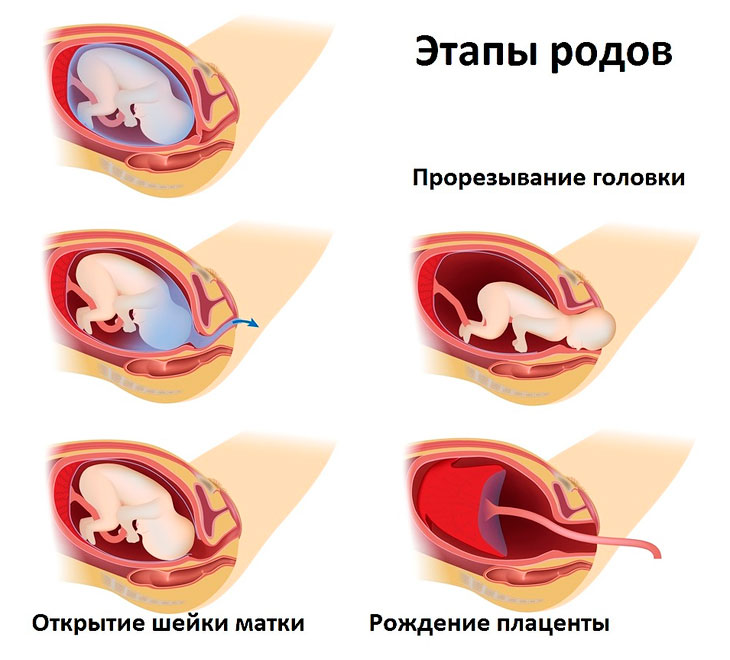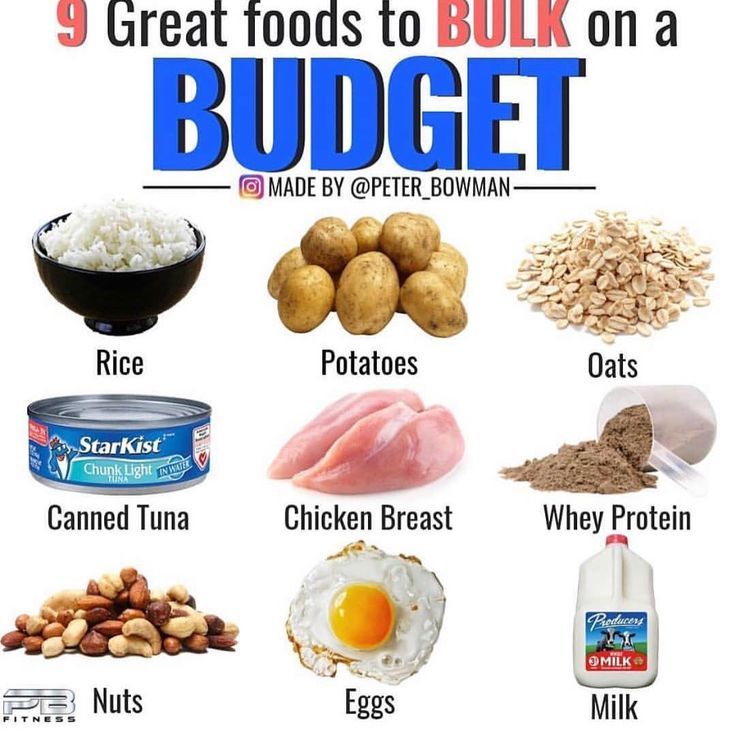Diet for after pregnancy
Pregnancy - After Pregnancy - Postpartum Diet and Exercise
After you have your baby, it is important to take care of yourself and eat nutritious foods.
Diet and Exercise After Pregnancy
If you are breastfeeding, the food you eat helps your baby grow strong and healthy, too. Good eating habits and exercise will help you lose the weight you gained.
Healthy Eating Tips
Eat a variety of foods. Try to eat a balanced diet of fruit, vegetables, grains, protein foods and diary each day. Visit ChooseMyPlate.gov for more information.
Drink plenty of liquids. Your body needs lot of fluid (about 6-10 glasses a day) especially if you are breastfeeding your baby. Drink mostly water, milk, and fruit juice.
Eat foods that have protein such as milk, cheese, yogurt, meat, fish and beans. Protein rich foods are important to help you recover from childbirth and keep your body strong. If you are under 18, or were underweight prior to pregnancy, you need to eat more protein.
Eat your fruits and vegetables. Try to make half your plate fruits and vegetables. Fruits and vegetables have vitamins and minerals that keep you healthy. They also have fiber, which helps prevent constipation. Make sure to wash fruits and vegetables under running cold water before eating them.
Lose weight safely. Talk to your doctor about safely losing weight after your baby is born. Losing weight too quickly can affect your breast milk supply. Do not take diet pills. They contain harmful drugs that can be passed to your baby through breast milk.
Take prenatal vitamins. If you are breastfeeding, it is a good idea to continue to take your prenatal vitamins. Your doctor can prescribe these pills so that your health insurance will cover a portion of the cost.
Limit junk foods. Soda pop, cookies, donuts, potato chips and french fries are okay sometimes, but don’t let them take the place of healthy foods!
Avoid these Foods when Breastfeeding
There are some foods and other substances that can be harmful to both you and your baby if you are breastfeeding.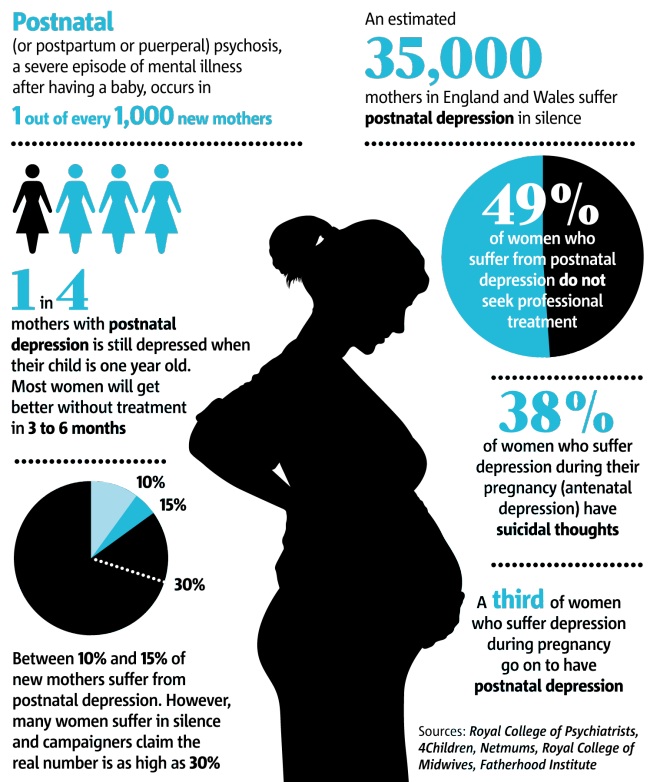
Alcohol: Wine, wine coolers, beer, drinks like hard lemonade and other malt liquor beverages, shots and mixed drinks contain alcohol that passes to your baby through your breastmilk and can harm your baby’s brain and body development.
Caffeine: Caffeine is a stimulant that passes through breast milk to the baby and may affect growth. Caffeine is found in tea, coffee, chocolate, many soft drinks and over-the-counter medicines.
Swordfish, Shark, King Mackerel and Tilefish: These fish have high levels of a toxin called mercury. Mercury is harmful to your growing baby’s brain. If you eat tuna, it is okay to eat up to 6 ounces of canned tuna a week but make sure to choose light tuna.
Exercise After Pregnancy
Exercise helps you:
- Lose the weight you gained during pregnancy
- Reduce backaches, constipation and bloating
- Lifts your spirits and improves posture
- Helps build muscle tone and strength
- Promotes better sleep
Once your doctor says it is okay to start exercising, there are many ways to be active.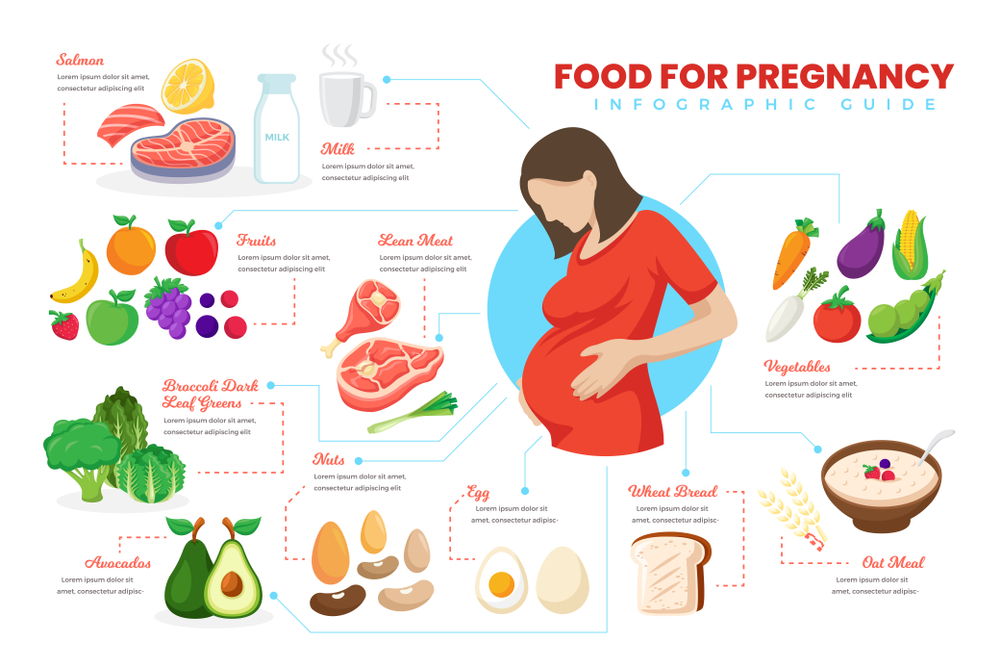
Walking is a great way to exercise because it puts very little stress on your body. Your baby will probably enjoy being walked in a stroller too. Try walking briskly for 20-30 minutes every day or at least 3 times per week. Meet with a friend or other new moms to go walking. It’s good to get out of the house and connect with friends or other new mothers. You will enjoy the chance to talk about your baby or to just be with other adults!
Exercise classes are another fun way to get in shape and sometimes you can find a class that will include your baby. For example, look for a mom and baby yoga class in your area.
The YMCA is a good place to find exercise classes for moms and babies. Some YMCAs offer financial assistance. They may also offer childcare for your baby while you exercise. Find out if you have a YMCA in your area. If you live in the greater Seattle area go to Seattle YMCA.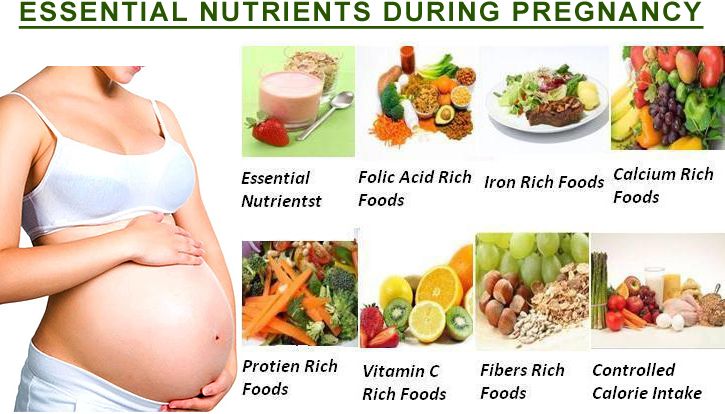
Tips for Healthy Eating After Giving Birth
It’s no secret that the food we eat fuels our daily activities — an especially important point when those daily activities include caring for a newborn and breastfeeding.
But for many new mamas, the desire to lose the baby weight may take precedence over nourishing their body with the right foods to support recovery, milk production, rest, and all the other tasks required to get through the day.
Significantly reducing overall carbohydrate intake — the go-to weight loss strategy for many women — is not your best bet postpartum. Carbohydrates are necessary for new moms — not just for breast milk production, but also for mental health, hormone regulation and more.
The good news it is possible to slowly shed a few pounds (if that’s your goal!) while still eating enough calories to keep up with the physical and mental demands of caring for your little one. The key is to be patient, eat well-rounded meals, and give yourself time.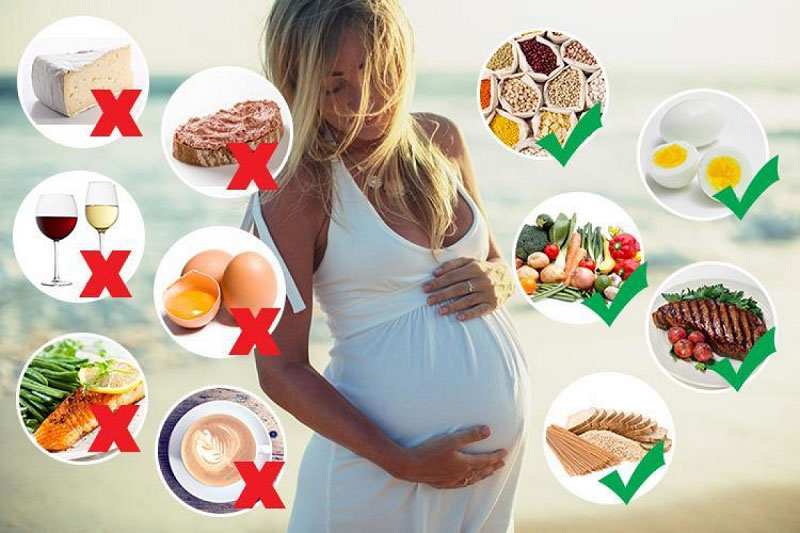
Choose a wide variety of foods from all food groups
During the postpartum period, focus on filling up on healthy sources of:
- protein
- fruit
- vegetables
- fiber-rich carbs
- fats like avocados, nuts, and seeds
Keep in mind that caloric intake and appropriate macronutrient ranges vary depending on your activity levels, body size, and more.
Plus, if you have a health condition like diabetes, you may need to follow a different dietary pattern in order to optimize blood sugar control. Every woman’s nutrition needs are different and depend on many factors
For more information on how to create a healthy plate, visit the USDA ChooseMyPlate website. There, you will find topics related to nutritional needs, healthy weight loss, breastfeeding tips, and more. You can also get a customized eating plan.
Stay hydrated all day long
Dara Godfrey, MS, RD, registered dietician for Reproductive Medicine Associates of New York, says hydration, especially if breastfeeding, is critical. She recommends up to 3 liters of water daily.
She recommends up to 3 liters of water daily.
However, hydration needs can vary so it’s best to let thirst be your guide. A good way to gauge hydration is looking at the color of your urine. Pale yellow urine indicates proper hydration while dark-colored urine indicates that you may be dehydrated and need to up your water intake
Keep an eye on your calories
Fueling your body with the right amount of calories will help keep your energy and milk supply up.
According to the Centers for Disease Control and Prevention (CDC), a breastfeeding mother should consume approximately 2,300 to 2,500 calories per day compared to 1,800 to 2,000 calories for a non-breastfeeding woman.
However, individual calorie needs are highly variable and depend on body size, age, activity level, and how much you’re breastfeeding.
Remember weight loss is ideally slow and gradual
If you’re trying to lose weight while breastfeeding, the Academy of Nutrition and Dietetics says a slow weight loss of 1 pound per week or 4 pounds per month is ideal.
Continue prenatal vitamins
Breastfeeding mothers should continue taking a prenatal vitamin, or a vitamin specific to postnatal mothers. If you’re not breastfeeding but would like the additional nutrients, talk to your doctor for recommendations.
Curb your caffeine intake
While the small amount of caffeine that passes from you to the baby through breast milk is not known to adversely affect your infant, the CDC recommends sticking to 300 milligrams or less per day.
Minimize empty calories
Aim to minimize snack foods and items that are high in added sugar, sodium, and saturated fat, including fried foods, soft drinks, and desserts.
Avoid fish high in mercury
If you’re breastfeeding, avoid high-mercury seafood and fish like orange roughy, tuna, king mackerel, marlin, shark, swordfish, or tilefish. Instead, opt for salmon, shrimp, cod, tilapia, trout, and halibut, among others.
Limit alcohol while breastfeedingAlthough many women decide to avoid alcohol while breastfeeding, if you choose to drink, do so in moderation, and try to limit it to after breastfeeding or wait 2 to 3 hours after having a drink to breastfeed.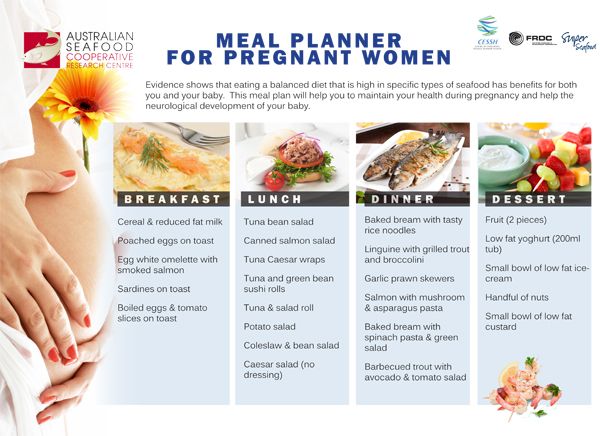
Exclusively breastfeeding women require approximately 400 to 500 additional calories per day beyond what is recommended for those who are not breastfeeding, according to the Academy of Nutrition and Dietetics.
If you’re nursing, don’t fret if the pounds don’t come off right away. For some women, breastfeeding helps them lose baby weight more quickly than non-breastfeeding mothers.
Research has shown that although weight loss is slower during the first 3 months of breastfeeding due to new moms increasing calorie intake to meet the demands of producing milk, weight loss seems to increase after the 3-month mark when lactating moms are more likely to burn fat stores.
Other women may notice increased fat stores on their hips or legs until breastfeeding stops. This is likely because, as studies have shown, breast milk draws from lower body maternal fat stores in order to support infant brain development.
To keep your milk supply up and nourish your body, it’s critical to focus on consuming whole food sources of:
- healthy fats
- proteins
- carbohydrates
For example, eggs and fatty fish are excellent sources of protein and healthy fats while vegetables, whole grains, and fruits provide fiber-rich carb sources. Nuts, seeds, avocados, and full-fat yogurt are more examples of healthy fat sources.
Nuts, seeds, avocados, and full-fat yogurt are more examples of healthy fat sources.
Not only are these foods a great source of protein, fat, and carbs, but these whole foods are packed with vitamins, minerals, and antioxidants that help promote overall health.
Breast milk is generally composed of 87 percent water, 3.8 percent fat, 1.0 percent protein, and 7 percent lactose. Amazingly, even if your daily nutrient intake doesn’t meet recommended amounts, your milk will still provide sufficient nutrition for your baby.
That doesn’t mean you should cut back on necessary carbohydrates, protein or fat, however. Doing so will just leave you more depleted and run down as your body uses everything it can to make milk for your baby.
While general nutrition recommendations suggest that complex carbohydrates should make up about 45 to 64 percent of your daily caloric intake when breastfeeding, it’s important to tailor your diet based on factors like overall health and activity levels.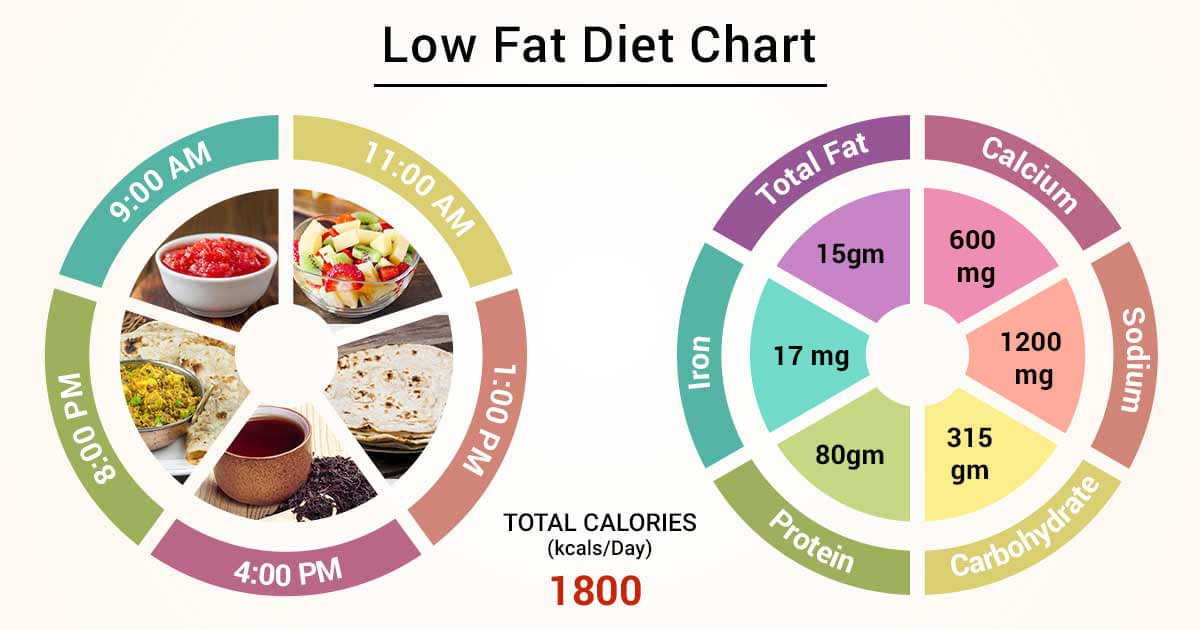
Women who have high blood sugar may need to eat fewer carbs to optimize blood sugar control, while highly active women may need more. It’s important to work with your healthcare team to come up with an individualized plan that meets your nutrient demands while optimizing overall health.
There are many ways to help your hormones recalibrate postpartum, says Godfrey, but it does take time, and we shouldn’t expect it to happen overnight.
“There is usually an estrogen dominance in comparison to progesterone, and since it takes almost a year to have a baby, it should take time for your body to find its new normal,” she explains.
Estrogen dominance can play a big role in whether you are able to successfully lose weight postpartum, because excess estrogen can lead to weight gain. So can high levels of cortisol — the stress hormone, which is made in excess when you’re not getting enough sleep.
Godfrey reminds women that everyone’s postpartum hormone timeline will vary, and that’s OK.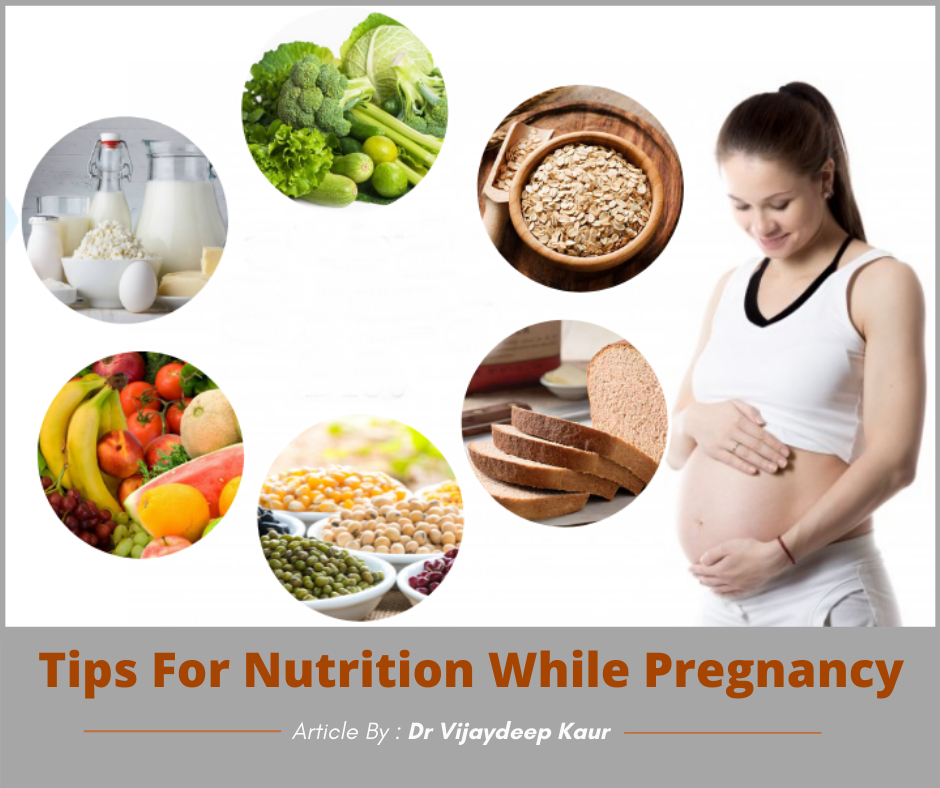 She points out that hormones can be influenced by many things including diet, sleep patterns (or lack of sleep!), and overall stress.
She points out that hormones can be influenced by many things including diet, sleep patterns (or lack of sleep!), and overall stress.
“Food can affect the production and secretion of hormones — the hormone insulin is secreted with detection of carbohydrate consumption, so choosing portion sizes that are right for our body can help ensure a healthy secretion of insulin, and help us prevent unnecessary weight gain,” says Godfrey.
She also explains that hormones can, in turn, influence our food choices: ghrelin, our “hunger” hormone, and leptin, the “I’m satisfied” hormone.
Because of this, Godfrey recommends the following:
- Couple protein with moderate carbohydrate consumption to help prevent blood sugars from elevating too quickly, thus preventing your pancreas from being overwhelmed to produce insulin.
- Choose fewer processed, packaged foods, and focus on whole foods that are rich in protein, fiber, antioxidants, and healthy fats.
- Continue prenatal vitamin routine for up to a year to help support hormone and vitamin/mineral balance.
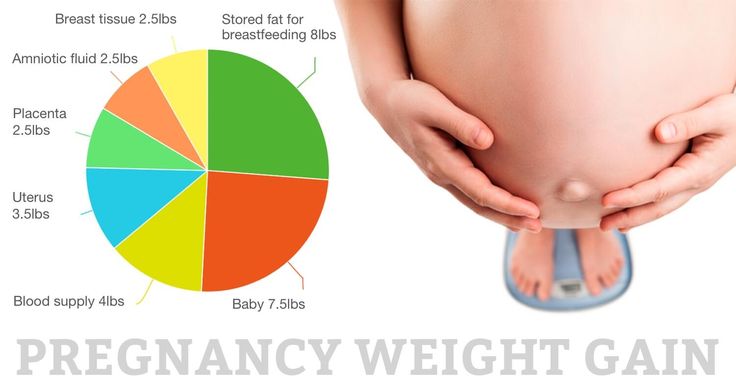
- Try to carve out time for some activity/exercise. Walking, yoga, Pilates, swimming can all be great choices.
Carbohydrates are a key macronutrient during postpartum period, namely because carbs increase serotonin secretion.
Serotonin is one of the most critical neurotransmitters in the brain, when it comes to maintaining mental health. While you can’t eat foods that contain serotonin, you can eat foods high in tryptophan. Tryptophan can be converted to serotonin, but only if carbohydrates are present to do the work.
On the opposite end of the serotonin spectrum is protein. Ashley Shaw, RD at Preg Appetit! says protein decreases serotonin secretion. Therefore, it’s necessary to balance moderate carbohydrate intake with protein. “This is part of a feedback system that helps regulate the body and causes the body to crave certain foods at a certain time for adequate intake of different nutrients.”
She continues, “Unfortunately, if you consistently over-consume carbohydrates, especially simple carbs (refined grains and bread, sweets, baked goods), you tend to crave these foods more than others, and the feedback system gets thrown off,” she explains.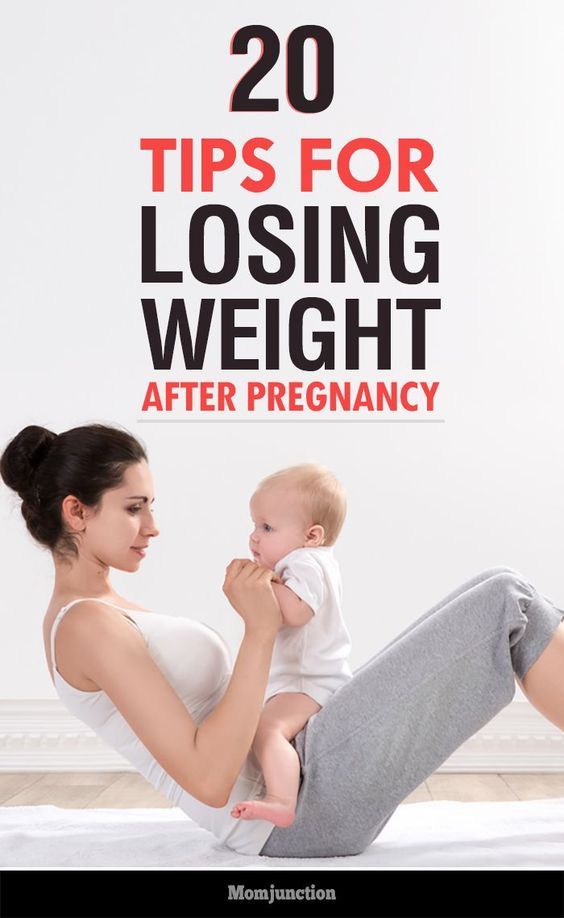
That’s why experts recommend eating a diet that is centered around complex carbohydrates such as fiber-rich fruits and vegetables, brown and wild rice, whole wheat bread, oatmeal, whole-wheat pasta, beans, quinoa, and potatoes.
Meal planning often takes a back seat when you’re caring for a newborn. The good news? We’ve got plenty of ideas for you! Here’s a 3-day menu from Shaw that will keep you fueled and nourished all day.
Share on Pinterest
Godfrey suggests a postpartum diet similar to what she encourages pregnant women to eat, especially when breastfeeding. This includes:
- Predominantly whole foods — lots of fruits, vegetables, whole grains, good quality proteins (eggs, chicken, fish, seafood, nuts/seeds, organic tofu, full-fat dairy).
- Whole sources of carbohydrates like fruit, whole grains, and starchy vegetables and pairing carb sources with filling, protein-rich foods like eggs, chicken, beans, nuts, and seeds.
- Healthy fats to help with satiety, but focus on portion sizes that promote health and prevent added weight gain.
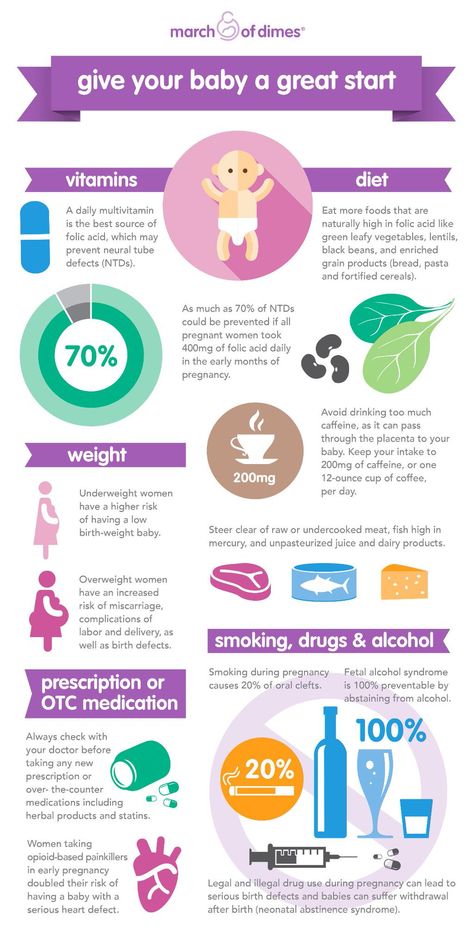
She also suggests the following guidelines when planning meals:
- Include healthy protein sources at each meal.
- Include vegetables in at least two meals.
- Start your day with fiber in conjunction with protein for the perfect combo of energy and sustenance (plus, fiber can help with post-labor constipation).
- Eat foods rich in nutrients like vitamin C, zinc, and selenium to help keep your immune system strong.
Eating a healthy postpartum diet is a key factor in recovering from pregnancy and childbirth as well as losing weight — if that’s your goal.
Before you make any significant tweaks to your current diet though, take some time to just enjoy the gift of being a new mom. Allow room for recovery. Be kind to yourself. Move your body when it feels right. Rest when you need to.
Weight loss should not be your main priority those first few weeks home. You’ll know when the time is right. When you’re ready to begin your postpartum weight loss journey, remember that significantly reducing the amount of carbohydrates in your diet may do more harm than good.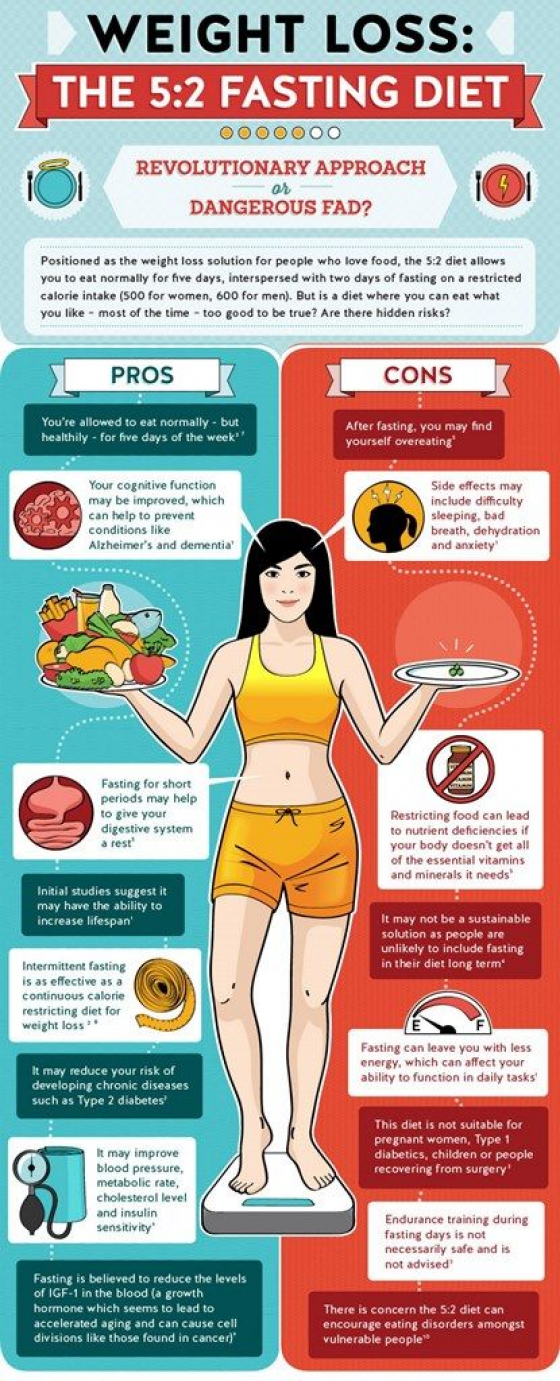
Take it slow, and eat for hormone regulation, mental health, and sustained energy. The weight will come off eventually, and you’ll feel much better in the meantime.
How to quickly lose weight after childbirth: diet, fitness, beauty procedures
The question "how to regain a beautiful figure" worries almost every woman who has given birth. The main difficulty of the "weight loss" process is that radical methods are not very useful for young mothers. In order to fit into your favorite dress or old - reference - jeans, it is not at all necessary to completely refuse food: a slender beautiful body can be obtained in a much more gentle and, most importantly, pleasant way.
Masha Guseva
New mothers have enough stress without strict diets: hormonal changes in the body, sleepless nights, problems with feeding - in general, you yourself know all this very well. On any "mom" forum or in reviews, you can read an insane amount of advice on how to lose weight after childbirth, but most of them will turn out to be ineffective or purely individual.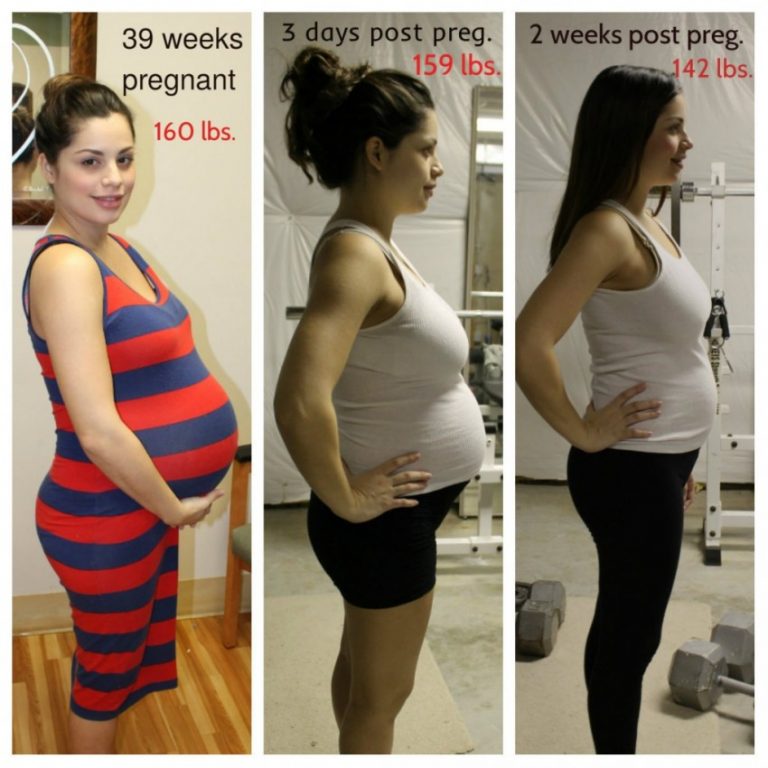 In the postpartum period, it is a normal and balanced diet that is the key to a woman’s good mental and physical well-being, which means that starving yourself is not only pointless, but also harmful. We invite you to abandon the search for a miraculous express diet and develop a long-term weight loss strategy based on three pillars: proper nutrition, exercise and cosmetic procedures.
In the postpartum period, it is a normal and balanced diet that is the key to a woman’s good mental and physical well-being, which means that starving yourself is not only pointless, but also harmful. We invite you to abandon the search for a miraculous express diet and develop a long-term weight loss strategy based on three pillars: proper nutrition, exercise and cosmetic procedures.
How to quickly lose weight after childbirth - diet
First, you need to radically change the diet and diet. From now on, we eat five times a day and strictly on schedule, stop nightly raids on the refrigerator, and at the same time get rid of excess fats and fast carbohydrates. Since the baby receives everything from breast milk during breastfeeding, in order to lose weight after childbirth, it is important that the food is healthy and varied. And most importantly, don't eat for two. You need to eat FOR two - useful and varied.
Not allowed:
ready-made sauces (including mayonnaise and sour cream), packaged juices, yoghurts and curds with sugar, store-bought cakes, chips, butter and cream.
You can:
cereals, fruits, vegetables, low-fat milk, natural dairy products, cheese, meat, fish and even chocolate.
How to cook?
Food can be boiled, stewed, baked in a double boiler, slow cooker or air grill - in general, anywhere where oil is not required. If such methods seem dull to you, use spices.
Approximate daily ration
Breakfast: Before the first meal, your body is still sleeping, which means that metabolic processes are extremely sluggish, and it is food that can start them at the right pace. Ideally, these should be the so-called complex carbohydrates - cereals, durum wheat pasta or stewed vegetables. Spice up your breakfast with slices of cheese, marmalade, or a couple of chocolates.
Second breakfast: A couple of hours after the first meal, have a snack of yogurt, pear or peach. But it is better to postpone apples, bananas and grapes if you need to quickly lose weight after childbirth.
But it is better to postpone apples, bananas and grapes if you need to quickly lose weight after childbirth.
Lunch: In order to maintain your strength and not feel hungry, one dish is enough - either soup, or, in fact, the "second". The ideal option is meat or fish with vegetables.
Snack: Same as lunch. If you ate yogurt in the morning, now you can have a pear snack. And vice versa.
Dinner: We rely on complex carbohydrates and fiber. Pasta with vegetable sauce (no oil!), stewed vegetables, buckwheat or rice with pieces of fruit are suitable for you. And here's what time you need to have dinner, see here.
So, we figured out the schedule and allowed food, now let's talk about the size of portions. Your stomach in a normal state is equal in size to a palm clenched into a fist, and it is absolutely not necessary to stretch it strongly. In order to lose weight after childbirth quickly and efficiently, the amount of food that you eat at a time should fit in a handful: everything is clear with cereals and pasta, and a piece of meat or fish should be no larger than your palm.
With this diet, you will lose weight on average 1-2 kilograms per week. And faster and not required!
How to lose weight after childbirth with the help of fitness
“Is it possible to lose weight without sports?” - this is one of the most pressing questions for girls who dream of losing weight after giving birth. In principle, this is quite real, only parting with extra pounds will be much slower, and the end result is unlikely to please you. The fact is that a good figure is determined not only by centimeters and kilograms. This is also correct posture, a flat stomach, and, for example, elastic hips. Skin hanging in folds - and this is exactly what happens if you do not play sports during weight loss - has nothing to do with a truly beautiful and toned body. Sport in general is a very useful thing, and in combination with a diet, it works real miracles. At the same time, it is absolutely not necessary to go to a fitness club: all the necessary muscle groups can be put in order at home.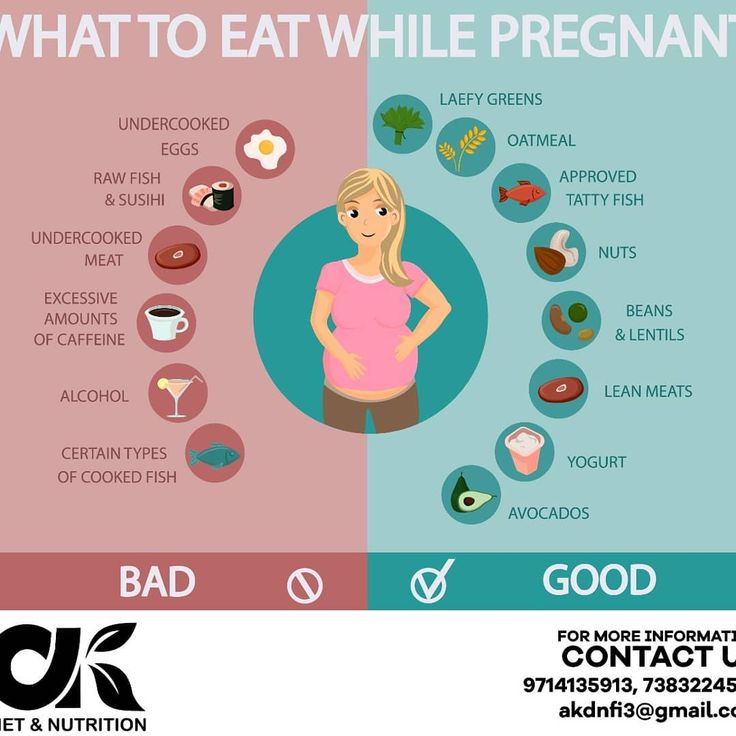 If the birth was natural and without complications, then you can start exercising after 7-10 days. After a caesarean section, it is better to wait 1.5-3 months.
If the birth was natural and without complications, then you can start exercising after 7-10 days. After a caesarean section, it is better to wait 1.5-3 months.
The main exercise that will most beneficially affect all parts of your body is walking. And given the fact that it is advisable to walk with a child twice a day, there should not be any problems with its implementation. Choose comfortable clothes and shoes and go aimlessly with a stroller - a daily hour-long forced march will be enough to lose weight after childbirth as quickly as possible without exhausting workouts.
Chest
Unfortunately, it is impossible to pump up the bust and make it more elastic after childbirth - due to the lack of muscles in this part of the body. But it is quite possible to strengthen the deltoid muscle, which is responsible for the beautiful shape of the breast, and ordinary push-ups will help us in this matter - an excellent and effective tool for losing weight after childbirth and more!
STARTING POSITION: lying support.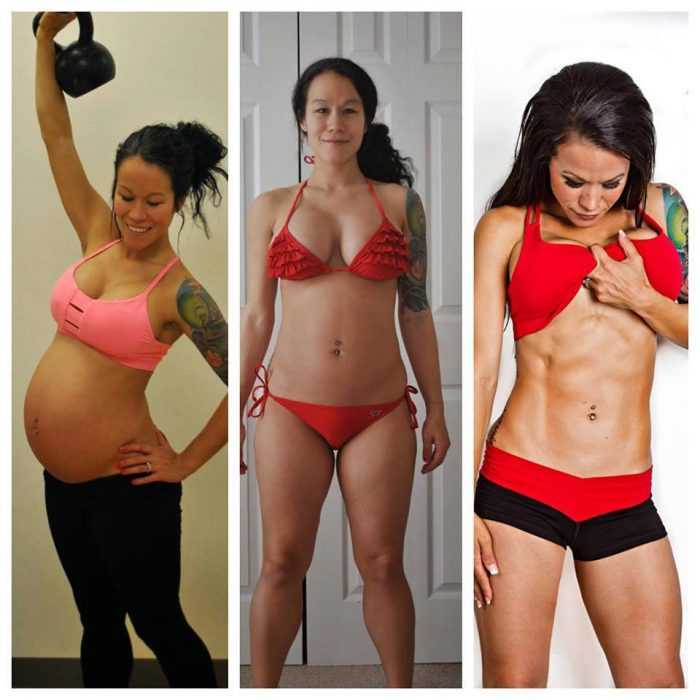 We rest our knees on the floor, arms are straight, palms are turned with fingers inward.
We rest our knees on the floor, arms are straight, palms are turned with fingers inward.
PROCESS: while exhaling we bend our elbows, bringing the chest as close to the floor as possible, while inhaling we return to the starting position. For starters, 5 times will be enough, but gradually the number of push-ups should be increased to two sets of 15 times.
NUANCES: do not arch your back during the exercise: the weight should be distributed evenly on both arms.
Hips
In order to tidy up the butt and its surroundings, it is best to purchase a stepper. 20-minute daily exercises on this simulator, combined with walking, will save you from the need for a long and tedious pumping of the given muscles. However, in order to quickly lose weight after childbirth, you can do without auxiliary devices.
START POSITION: stand with your back to a chair or sofa at a distance of 40 cm.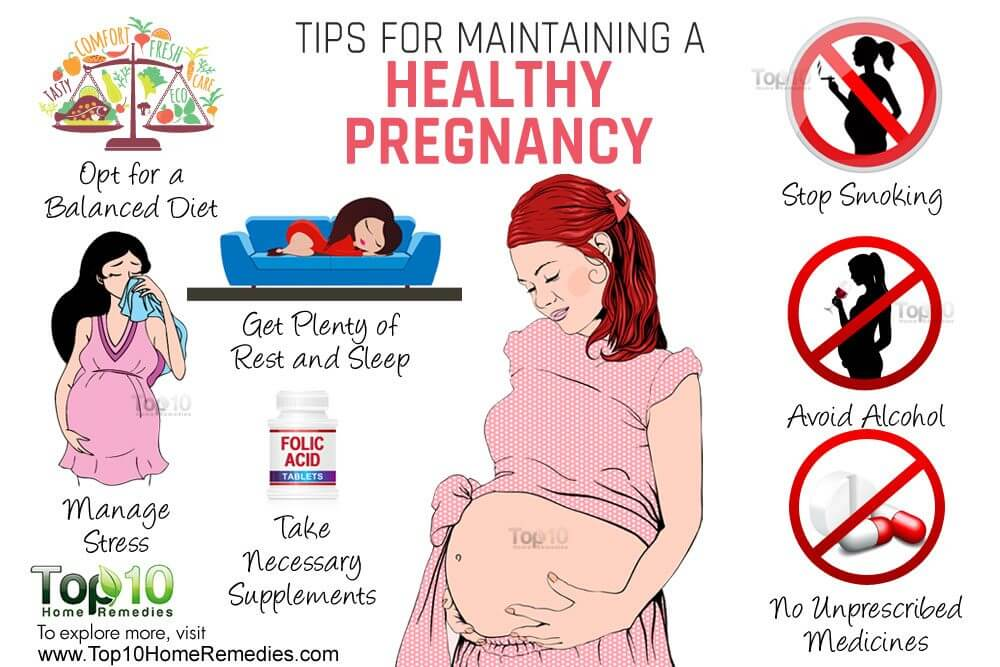 Feet parallel to each other, back straight.
Feet parallel to each other, back straight.
PROCESS: As you exhale, slowly lower yourself into a squat position until you feel the edge of a chair in your buttocks. No need to sit down! On inhalation - slowly - return to the starting position. And so three series of 20 squats.
OPTION: during the last set, you can turn the feet so that the toes look outward - this position of the legs will give an additional load on the muscles of the inner thighs.
4 more leg exercises from a Hollywood trainer.
Stomach
There are two ways to restore elasticity and muscle tone - simple and complex.
Easy way - hoop
STARTING POSITION: feet - shoulder-width apart, arms - to the sides (or behind the head), back - straight.
PROCESS: turn the hoop clockwise - the smaller the amplitude of rotation, the better the small muscles are worked out. Movements should be rhythmic and calm (jerking movements can hurt the back). You need to spend 10-15 minutes a day doing the exercise.
Movements should be rhythmic and calm (jerking movements can hurt the back). You need to spend 10-15 minutes a day doing the exercise.
NUANCES: Hoop training requires a lot of free space. You need to twist this projectile on an empty stomach: either early in the morning or just before bedtime, when only memories remain from dinner.
Complicated method - exercises for the press
Upper section
STARTING POSITION: lying on the back, legs bent at the knees, feet resting on the floor, hands behind the head, hands clasped.
PROCESS: while exhaling, lift your upper body off the floor (about 45 degrees), while inhaling, return to the starting position. Start with three sets of 8 reps and work your way up to 20 reps in one set over two to three weeks.
NUANCES: do not arch your back and do not bring your elbows together, otherwise all your efforts will be in vain.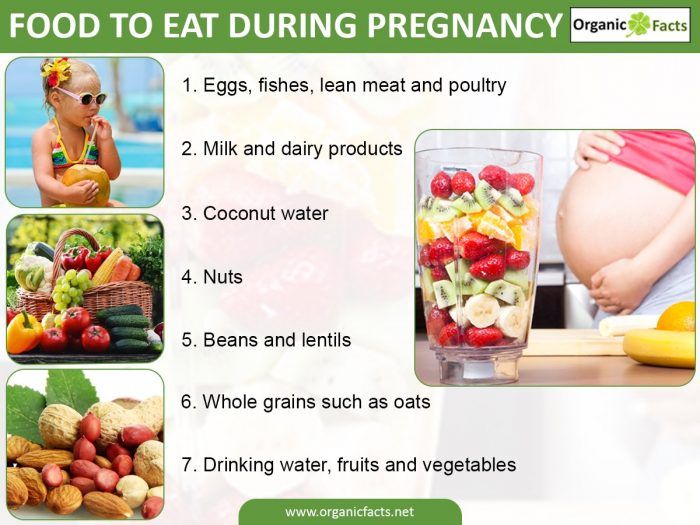
Lower section
START POSITION: lying on the back, arms extended along the body, legs bent at the knees, ankles crossed.
PROCESS: while exhaling, pull your knees to your chest, while inhaling, return to the starting position. Start with three sets of 8 times and in two to three weeks bring the number of lifts to 20 (in one set).
NUANCES: the spine should be “glued” to the floor, and movements should be as slow and smooth as possible.
Oblique muscles of the abdomen
START POSITION: lying on the back, legs bent at the knees, feet on the floor, hands behind the head, hands clasped into the lock.
PROCESS: With your right elbow, reach towards your left knee until you feel tension in your side. Get down on the floor. Then do the same, changing the arm and leg. Bring the number of exercises to 30 (in two sets).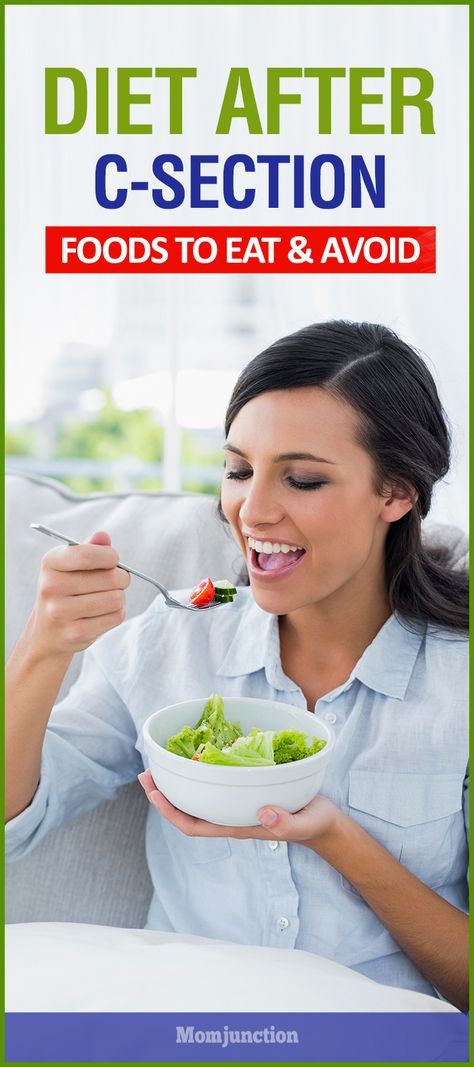
IMPORTANT. Keep your neck relaxed and do not pull it up with all your strength, otherwise you will get headaches or back problems in the load on a thin waist.
What is the most effective abdominal exercise? Find out here.
Expert opinion
Olga Antipova, psychotherapist, specialist in healthy nutrition and correction of eating behavior
In the postpartum period, you need to be especially attentive to your body. Be sure to make sure that your diet has enough protein (lean meat, poultry, fish), calcium (non-spicy cheeses, cottage cheese, dairy products), fiber and vitamins (vegetables, fruits, cereals). Do not try to drastically lose extra pounds: 400-600 grams per week is a safe weight loss rate for a woman who has recently given birth. By the way, few people know this, but mothers who breastfeed their babies for at least six months are much easier to regain their previous shape than those who completely abandoned breastfeeding.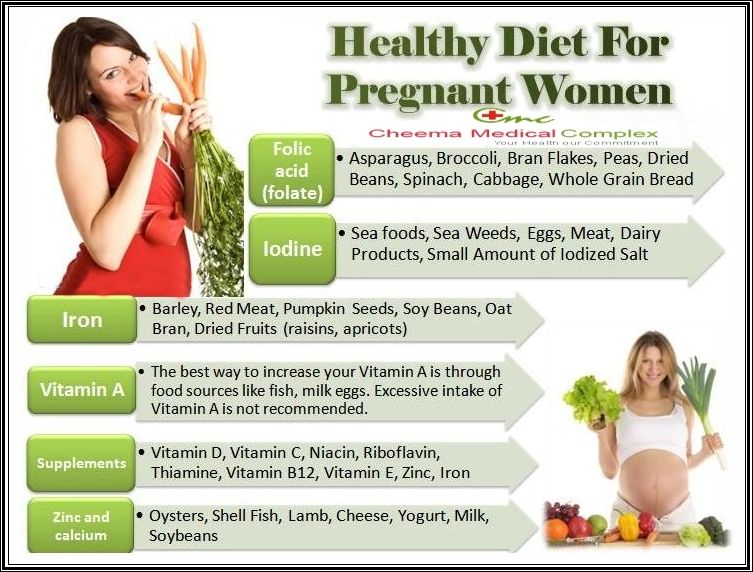 And, of course, one should not ignore the intimate side of life: psychologists have long proven the connection between a lack of sex and overeating. Sometimes women are so deeply immersed in the problems of babies that they completely forget about their marital duties, and if you want to lose weight after childbirth, then abstinence is unlikely to benefit you. Good luck!
And, of course, one should not ignore the intimate side of life: psychologists have long proven the connection between a lack of sex and overeating. Sometimes women are so deeply immersed in the problems of babies that they completely forget about their marital duties, and if you want to lose weight after childbirth, then abstinence is unlikely to benefit you. Good luck!
Procedures and skin care to quickly lose weight after childbirth
And finally, the third, perhaps the most enjoyable part of the process of losing weight after pregnancy. In order to consolidate the effect achieved by physical exercises and diet, it is necessary to regularly carry out cosmetic procedures.
Daily
Hips and belly
After childbirth, for active weight loss of the abdomen, thighs and buttocks, a scrub is useful: you can buy a much-needed tool instead of a large coffee grinder.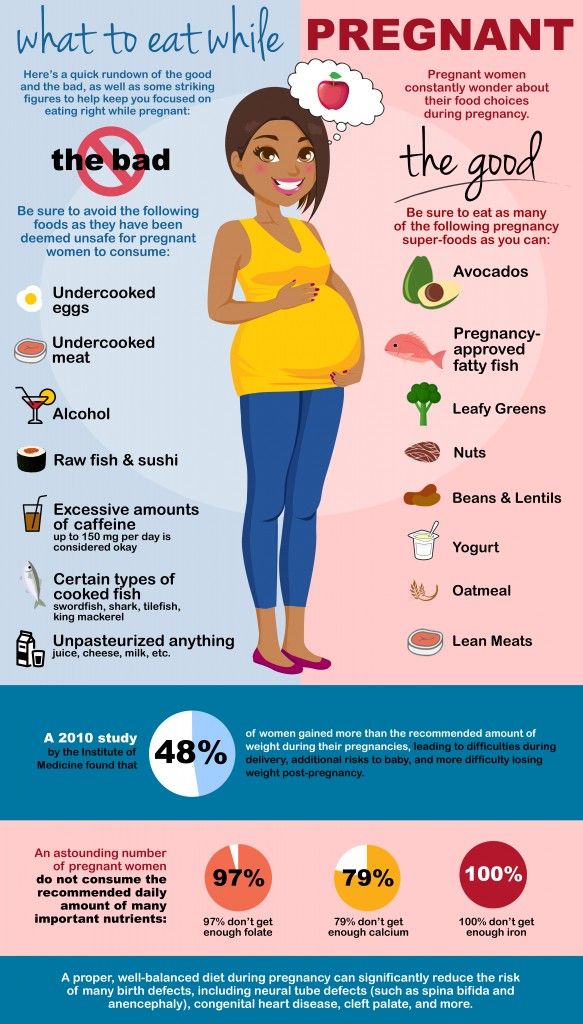 Take this “powder” and properly rub it with the problem areas previously soaped with gel. As for ready-made cosmetics, the most effective scrubs are traditionally considered to be those made on the basis of sea salt (by the way, “coffee crumbs” can and should be added to these products). How to make an effective body scrub with your own hands.
Take this “powder” and properly rub it with the problem areas previously soaped with gel. As for ready-made cosmetics, the most effective scrubs are traditionally considered to be those made on the basis of sea salt (by the way, “coffee crumbs” can and should be added to these products). How to make an effective body scrub with your own hands.
Result: the use of a coffee scrub drains excess fat deposits, reduces cellulite and, accordingly, the volume of the thighs.
IMPORTANT. Remember that you need to apply the scrub with soft circular movements in the direction from the limbs to the heart. After a shower, spread an anti-cellulite cream on your stomach, thighs and buttocks: it will tighten the skin and make it more elastic. It is important to understand that the scrub is effective in losing weight after childbirth as an additional tool in combination with sports or bath procedures.
Bust
When losing weight after childbirth, after water procedures, be sure to use a cream that tightens the décolleté area. If stretch marks appear on the chest, you can add one crushed mummy tablet to this remedy.
If stretch marks appear on the chest, you can add one crushed mummy tablet to this remedy.
By the way, if you have stretch marks on your thighs or stomach, mummy can also be mixed with body creams.
IMPORTANT. In no case should the chest be massaged, creams and gels should be applied with very light and gentle movements.
2 times a week
Water procedures. Sea salt baths improve skin elasticity. If you want to get an additional massage of the thighs and buttocks, pour two bags into the water at once and, without waiting for the salt to completely dissolve, sit in the bath.
IMPORTANT. The water shouldn't be too hot.
once a week
Wraps based on white or blue clay are an excellent tool in the fight for weight loss after childbirth, they even out the silhouette and perfectly soften the skin.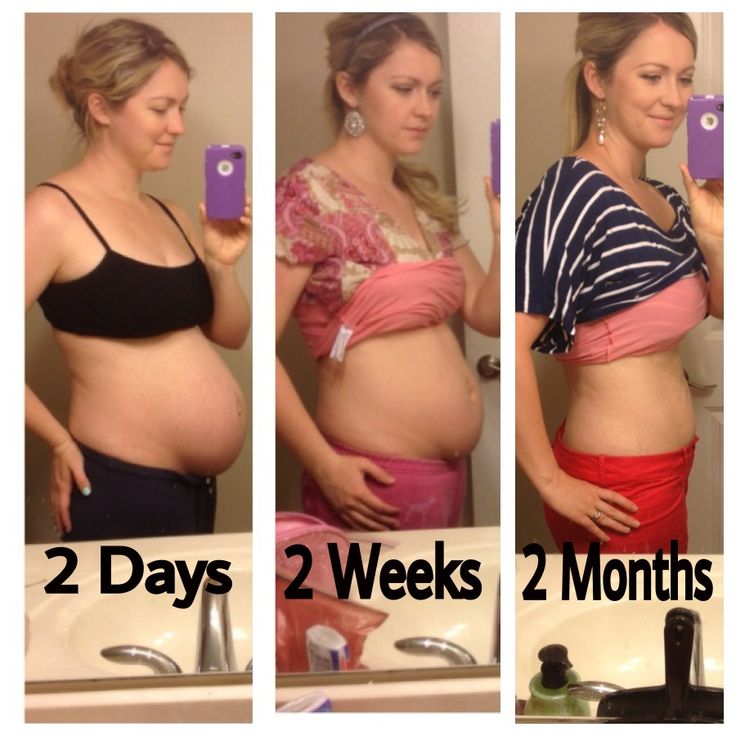 You buy clay in a pharmacy, dilute it with water to the consistency of sour cream - and apply the resulting composition to problem areas. Then wrap yourself in cling film and cover yourself with a blanket. The duration of the procedure is 20 minutes. After you wash off the clay, be sure to apply cream to the body.
You buy clay in a pharmacy, dilute it with water to the consistency of sour cream - and apply the resulting composition to problem areas. Then wrap yourself in cling film and cover yourself with a blanket. The duration of the procedure is 20 minutes. After you wash off the clay, be sure to apply cream to the body.
IMPORTANT. In case you have certain problems with veins, you can only do cold wraps (that is, no cling film and blankets!).
If there is time and opportunity, it is better to contact a cosmetologist who will give you a course of body wraps according to all the rules and prescribe other procedures that promote weight loss after childbirth.
Once every six months
A course of honey massage is a very effective remedy for losing weight after childbirth. Apply any liquid honey on your thighs and stomach and tap on problem areas with dry hands (the main thing is not to do this quickly so that your palms have time to stick). At first, the procedure may seem rather painful, but after a couple of days you will get used to the new sensations. After 10 sessions, cellulite will almost disappear.
At first, the procedure may seem rather painful, but after a couple of days you will get used to the new sensations. After 10 sessions, cellulite will almost disappear.
How to lose weight after childbirth with the help of salon procedures
It is important to understand that after childbirth you will have to forget about heavy injection and active hardware procedures, especially if the child is breastfed. After pregnancy, women often experience swelling, this problem is often perceived as being overweight. It is best removed by methods that provide lymphatic drainage, improve blood microcirculation, improve the elasticity of blood vessels and increase the internal forces of the body. To improve blood flow and facial skin, you can use mesotherapy, ultrasonic cleansing, chemical peels and lymphatic drainage massage. Cryolipolysis is also a safe procedure - it leads to a decrease in body volume by 20-25%. Thanks to the active work of the rollers, LPG lipomassage fights against any type of cellulite, makes the skin elastic and, accordingly, reduces the volume of the hips and abdomen.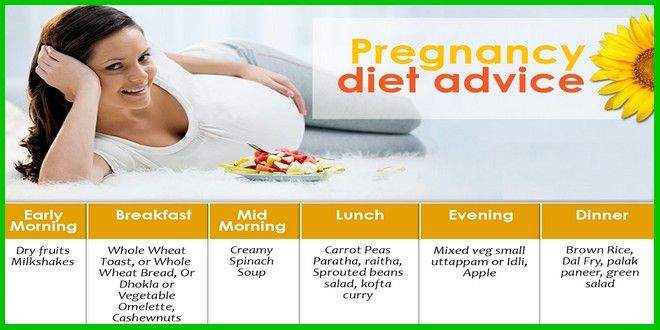
Have you tried to lose weight after giving birth?
How to lose weight after childbirth: five tips from a doctor from a doctor - RIA Novosti Sport, 09/15/2020
How to lose weight after childbirth: five tips from a doctor RIA Novosti Sport, 15.09.2020
2020-09-15T07: 00
2020-09-15T07: 00
2020-09-15T07: 00
@name='og:title']/@content/html/head/meta[@name='og:description']/@content
https://cdnn21.img.ria.ru/images/sharing /article/1577232743.jpg?1600142402
Ekaterina Sobolevskaya, a psychotherapist and weight loss specialist at the Doctor Bormental clinic, told RIA Novosti how to correct the figure after the birth of a child and what proper nutrition should be. You can't limit your diet. Milk is formed, and it must be saturated with nutrients. You can correct the figure, but the health of the child is an absolute priority. After feeding, there will be more opportunities: you can calculate the daily calorie content and experiment with diets. Tip number 1: do not seize stress Under the conditions of breastfeeding, you can reduce the amount of calories by giving up sweets. Often women say: "I feed, I have the right to eat something extra." In fact, a minimum of pastries, sweets and chocolate is the main thing that works. Tip number 2: how much protein you need The menu should include meat, poultry, fish and seafood - at least 200 grams per day in finished form. When it comes to the period of breastfeeding, seafood and fish should be eaten with caution, as they can cause an allergic reaction, both in the woman herself and in the child. Tip #3: 450 grams per day Keep an eye on the amount of vegetables and fruits in your diet - they should be 450 grams per day. This is the WHO recommendation for weight loss and breastfeeding women. The emphasis should be on vegetables, and choose seasonal and local fruits, such as apples. Tip number 4: Bread - you can Be sure to include complex carbohydrates in the menu: these are cereals, durum wheat pasta, potatoes and, depending on the state of health, rye or rye -wheat bread.
Tip number 1: do not seize stress Under the conditions of breastfeeding, you can reduce the amount of calories by giving up sweets. Often women say: "I feed, I have the right to eat something extra." In fact, a minimum of pastries, sweets and chocolate is the main thing that works. Tip number 2: how much protein you need The menu should include meat, poultry, fish and seafood - at least 200 grams per day in finished form. When it comes to the period of breastfeeding, seafood and fish should be eaten with caution, as they can cause an allergic reaction, both in the woman herself and in the child. Tip #3: 450 grams per day Keep an eye on the amount of vegetables and fruits in your diet - they should be 450 grams per day. This is the WHO recommendation for weight loss and breastfeeding women. The emphasis should be on vegetables, and choose seasonal and local fruits, such as apples. Tip number 4: Bread - you can Be sure to include complex carbohydrates in the menu: these are cereals, durum wheat pasta, potatoes and, depending on the state of health, rye or rye -wheat bread.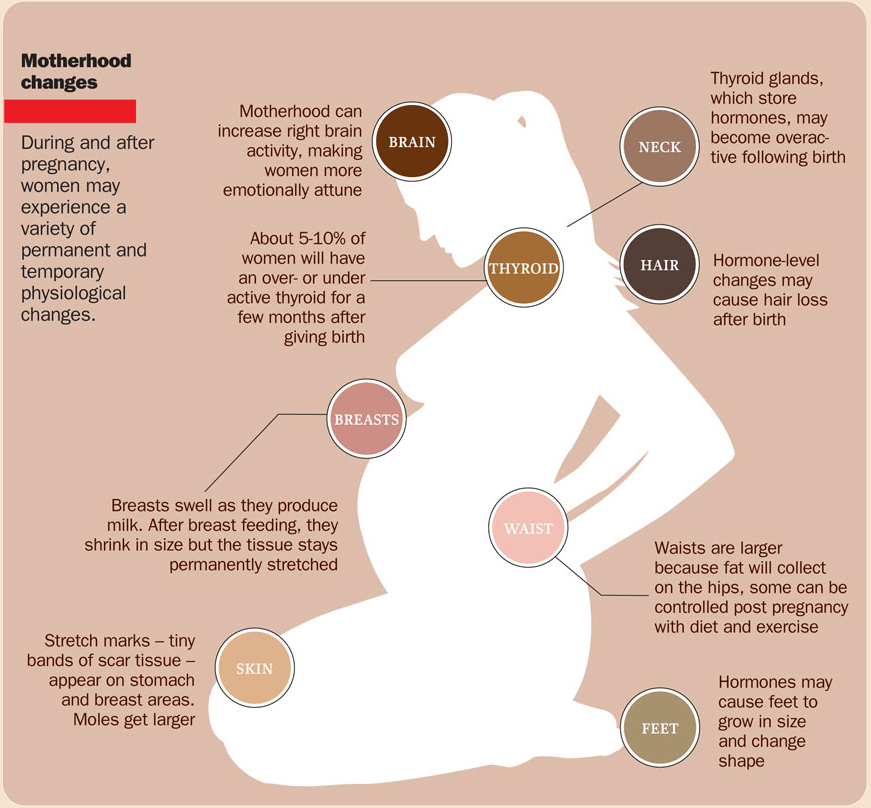 There should be 300-350 grams of these products in finished form per day. Tip number 5: when to eat There should be at least five meals, since the time of wakefulness immediately after childbirth in women is long - and, as a rule, there is a chronic lack of sleep. Weight loss may not happen quickly, but after childbirth, during breastfeeding, a sharp weight loss will be rather harmful. The result in numbers hormonal background. In the first six months after childbirth, there is a hormonal imbalance; chronic lack of sleep and fatigue are present - all of these factors inhibit weight loss. If you have finished breastfeeding and you manage to lose three to four kilograms per month, this can be considered a very good result.
There should be 300-350 grams of these products in finished form per day. Tip number 5: when to eat There should be at least five meals, since the time of wakefulness immediately after childbirth in women is long - and, as a rule, there is a chronic lack of sleep. Weight loss may not happen quickly, but after childbirth, during breastfeeding, a sharp weight loss will be rather harmful. The result in numbers hormonal background. In the first six months after childbirth, there is a hormonal imbalance; chronic lack of sleep and fatigue are present - all of these factors inhibit weight loss. If you have finished breastfeeding and you manage to lose three to four kilograms per month, this can be considered a very good result.
https://rsport.ria.ru/20200914/produkty-1577228208.html
https://rsport.ria.ru/20200812/1575672592.html
https://rsport.ria.ru/20200914/ Voda-1577226831.html
RIA Novosti Sports
1
5
4.7
96
Internet-grup@rian. ru
ru
7 495 645-6601
FSUI MIA "Russia Today"
HTTPS //xn--c1acbl2abdlkab1og.xn--p1ai/awards/
2020
RIA Novosti Sport
1
5
4.7
9000 9000
7 495 645-6601
FSUE MIA "Russia Today"
https: //xn--c1acbl2abdlkab1og.xn- p1ai/awards/
News
ru-RU
https://rsport.ria.ru/docs/about/copyright.html
https://xn--c1acbl2abdlkab1og.xn--p1ai/
RIA News Sport
1
5
4.7
96
0003
7 495 645-6601
FSUE MIA “Russia Today”
https: //xn--c1acbl2abdlkab1og.xn-p1ai/Awards/
RIA Sports
5 9000 9000 4.7 9000 9000 9000 9000 9000 9000 9000 9000 9000
7 495 645-6601
Rossiya Segodnya
5
4.7
96
7 495 645-6601
Rossiya Segodnya
Healthy lifestyle, Nutrition, Health, pregnancy
Ekaterina Sobolevskaya, a psychotherapist and weight loss specialist at the Doctor Bormental clinic, told RIA Novosti how to correct the figure after the birth of a child and what proper nutrition should be.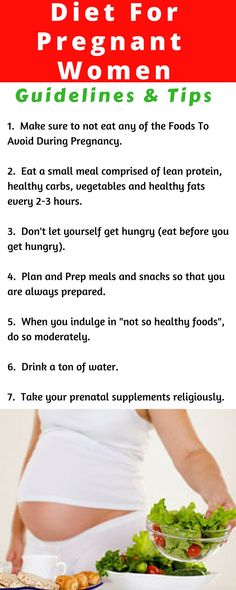
If a woman is breastfeeding, you should not restrict yourself too much in your diet. Milk is formed, and it must be saturated with nutrients. You can correct the figure, but the health of the child is an absolute priority. After feeding, there will be more opportunities: you can calculate the daily calorie content and experiment with diets.
Tip #1: Don't Stress Eat
While breastfeeding, you can cut calories by cutting out sugar. Often women say: "I feed, I have the right to eat something extra." In fact, a minimum of pastries, sweets and chocolate is the main thing that works.
"Women often eat something tasty when they are tired, isolated from society, change their way of life. Husbands and relatives also unconsciously "help": they start buying sweets in order to please them. Although the best support would be to give a woman the opportunity to visit more often. away from home. It distracts attention, allows you to switch, gives more positive emotions, "says Ekaterina Sobolevskaya.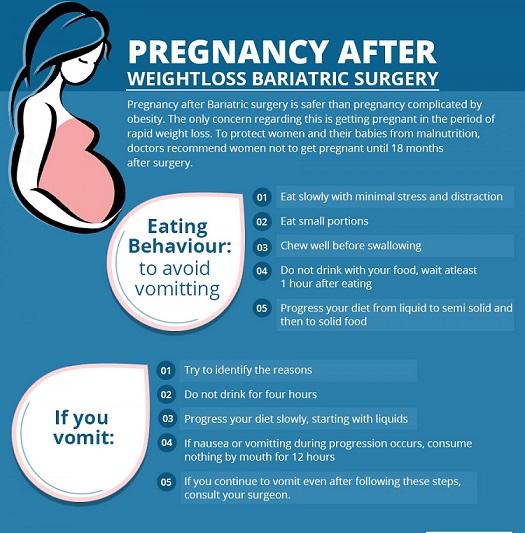
14 September 20200003
Tip #2: how much protein you need
Meat, poultry, fish and seafood should be on the menu - at least 200 grams per day in cooked form. When it comes to the period of breastfeeding, seafood and fish should be eaten with caution, as they can cause an allergic reaction, both in the woman herself and in the child.
"Be sure to include meat and fish in your diet - including cottage cheese in an amount of at least 100 grams per day. You do not need to take low-fat cottage cheese: it is better if its fat content is one or two percent," the doctor explains.
Tip #3: 450 grams per day
Keep an eye on the amount of vegetables and fruits in your diet - they should be 450 grams per day. This is the WHO recommendation for weight loss and breastfeeding women. The emphasis should be on vegetables, and fruits should be seasonal and local, such as apples.
August 12, 2020, 07:00 healthy lifestyle
What happens to the body if you eat cottage cheese every day , depending on the state of health, rye or rye-wheat bread.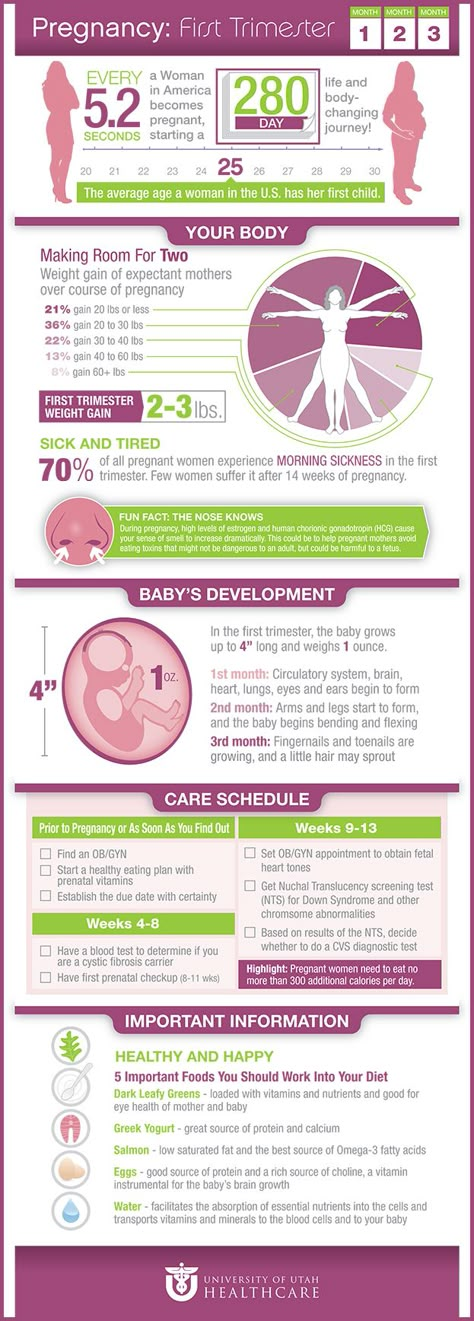 These products in finished form should be 300-350 grams per day.
These products in finished form should be 300-350 grams per day.
Tip #5: When to eat
There should be at least five meals, as women have a long wake time immediately after giving birth - and, as a rule, there is a chronic lack of sleep.
"It is best to take food every three to three and a half hours. Breastfeed the baby, then ate it herself - this is the best approach. Firstly, it will allow you to replenish the nutrients in the woman's body, for milk production, and secondly, will support her physical strength and, thirdly, will still allow her to lose weight," Ekaterina Sobolevskaya gives recommendations.
Weight loss may not happen quickly, but after childbirth, during breastfeeding, a sharp weight loss will be rather harmful.
September 14, 2020, 17:35 healthy lifestyle
An endocrinologist explained why you shouldn’t wash often which restores the hormonal background. In the first six months after childbirth, there is a hormonal imbalance; chronic lack of sleep and fatigue are present - all of these factors inhibit weight loss.